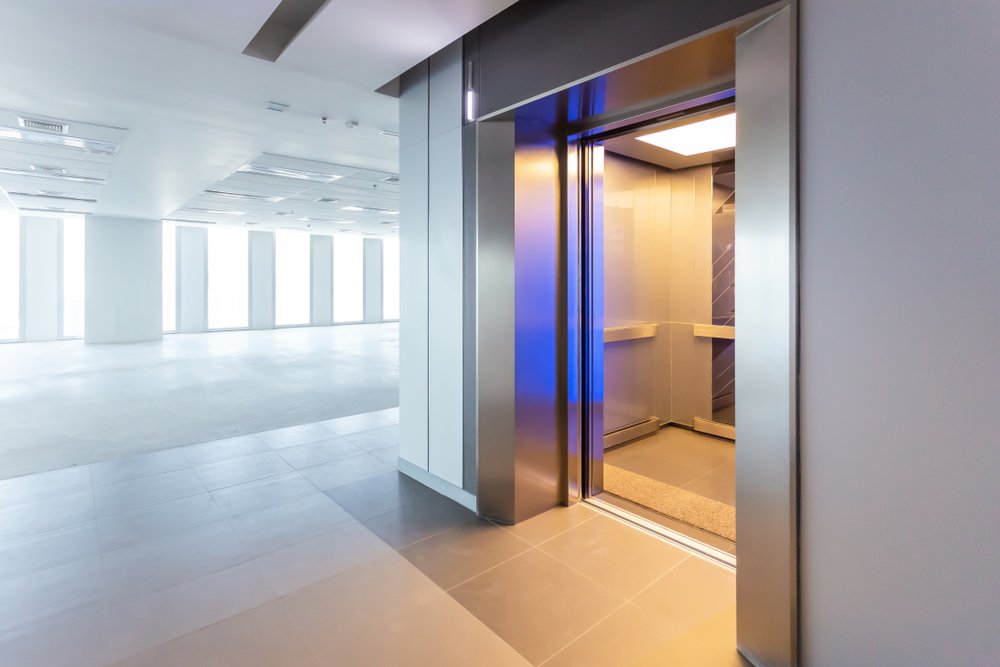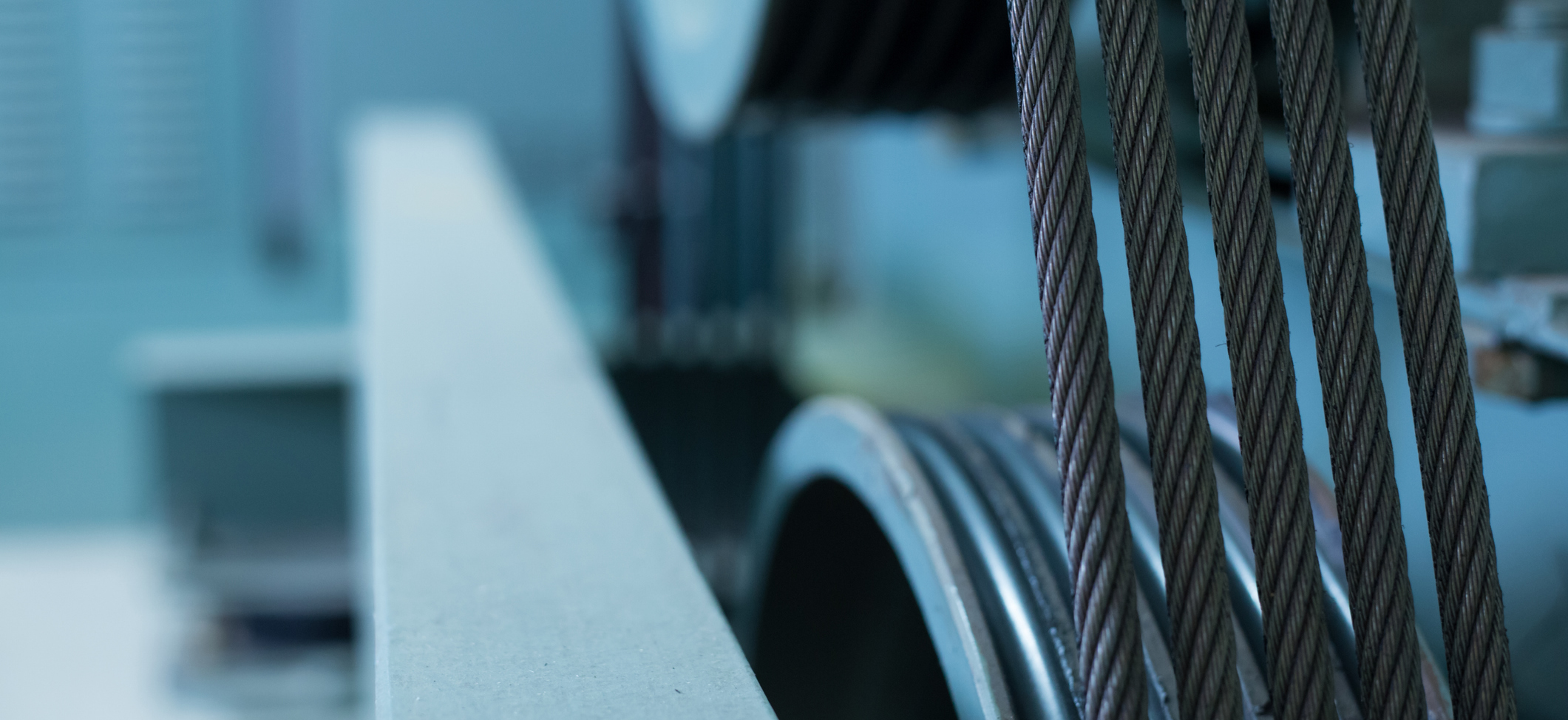

When putting in a new elevator or updating an old one, you’ll need to decide between a proprietary or non-
It’s a tricky choice, but understanding the differences between these two types of elevator systems is super important. You’ll need to think about what’s best for how the building will be used, how it will operate, and your budget.
Proprietary elevator systems needs maintenance, you have to call their technicians because they’re the only ones with the special tools and parts. Companies often push these systems because they might seem cheaper upfront, have advanced technology, or promise a smooth installation.
Non-proprietary elevator systems are the opposite of proprietary ones because they’re open and flexible. This means that many different technicians, not just the original manufacturer, can work on them, fix them, or replace parts. This “openness” is great for a few reasons:
With non-proprietary systems, you can get competitive bids for parts and services, which can significantly reduce how much you spend on maintenance and repairs over the elevator’s life. Sometimes, a company selling a proprietary system might offer a really low upfront installation cost. This can be tempting for developers and architects trying to save money initially. However, this often leads to big problems for the building’s operations team later on because they’re stuck with expensive, ongoing maintenance and repair costs from that one company.
Building owners get to pick from a larger group of service providers. This means they can get better prices and services that really fit their building’s needs. It’s important to realize that choosing a proprietary system can tie you to the original manufacturer for 10 to 15 years, as you’re locked into their services.
Non-proprietary systems often use parts that are widely available. This means that if something breaks, you can get replacements and repairs done quickly, so the elevator isn’t out of service for long. With proprietary systems, the original manufacturer controls the parts market, including how long parts are available. They decide if and when their parts become “open” for others to use.
A proprietary system might seem cheaper to install, but it often leads to much higher maintenance costs later on. It’s crucial for developers and architects to talk with the team that will actually manage the building to understand the true long-term costs. An elevator consultant can help figure out these “true costs.”
Some proprietary systems offer unique technology. An elevator consultant can weigh the pros and cons of these features for your building’s specific needs.
Being tied to one company for service can be a big problem. Nonproprietary systems give you more freedom to choose who maintains your elevator, which is a major advantage.
Be careful if an original equipment manufacturer (OEM) offers to install proprietary parts during a repair. They might do this to lock you into their service, even if you don’t need a full modernization. Make sure you know exactly what parts are being installed. An elevator consultant can help you navigate these situations.
Modernizing is a chance to save money on future operating costs. A non-proprietary system can offer significant savings that you can use elsewhere in your building. Be wary of OEMs offering discounts to install their proprietary equipment.
If you’re just doing smaller upgrades, non-proprietary systems often offer more flexibility. This can save your building money and protect you from unnecessary expenses. Making the right choice between proprietary and non-proprietary elevator systems is a big deal. It’s about balancing what you need now with what you’ll need in the future.
Get advice from an elevator consultant. They understand both types of systems and can give you unbiased advice based on your building’s specific needs.
Don’t just focus on the upfront installation price. Think about the total cost over the elevator’s entire lifespan, including maintenance, repairs, and future upgrades.
Research the reliability of the manufacturer and their support services. This is super important, especially for proprietary systems, because you’ll be relying on just one company.
Ultimately, choosing an elevator system means understanding what each option offers and where it falls short. Whether you’re building new or upgrading, the main goal is to pick a system that ensures long-term efficiency, manages costs well, and can adapt to future changes.
By considering these points and getting expert help, you can make a decision that benefits your building and everyone who uses its elevators.
